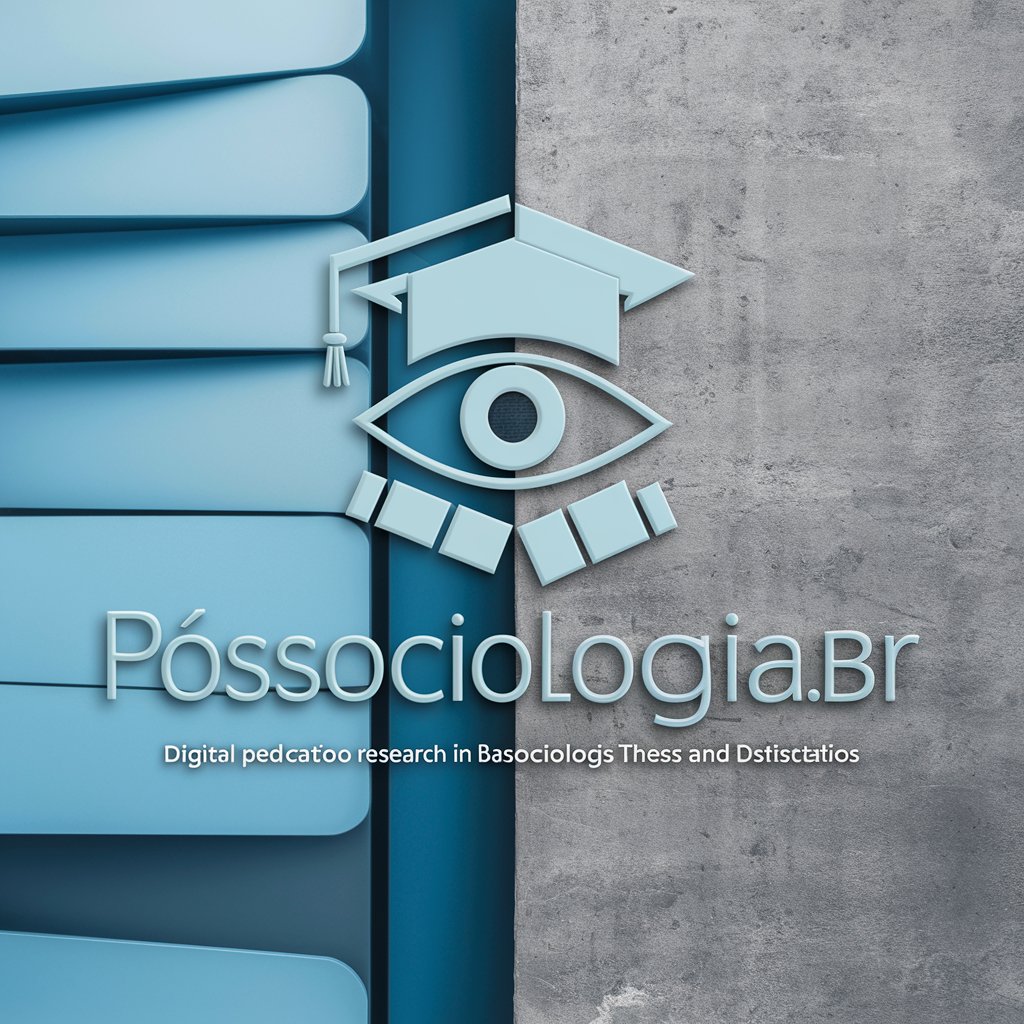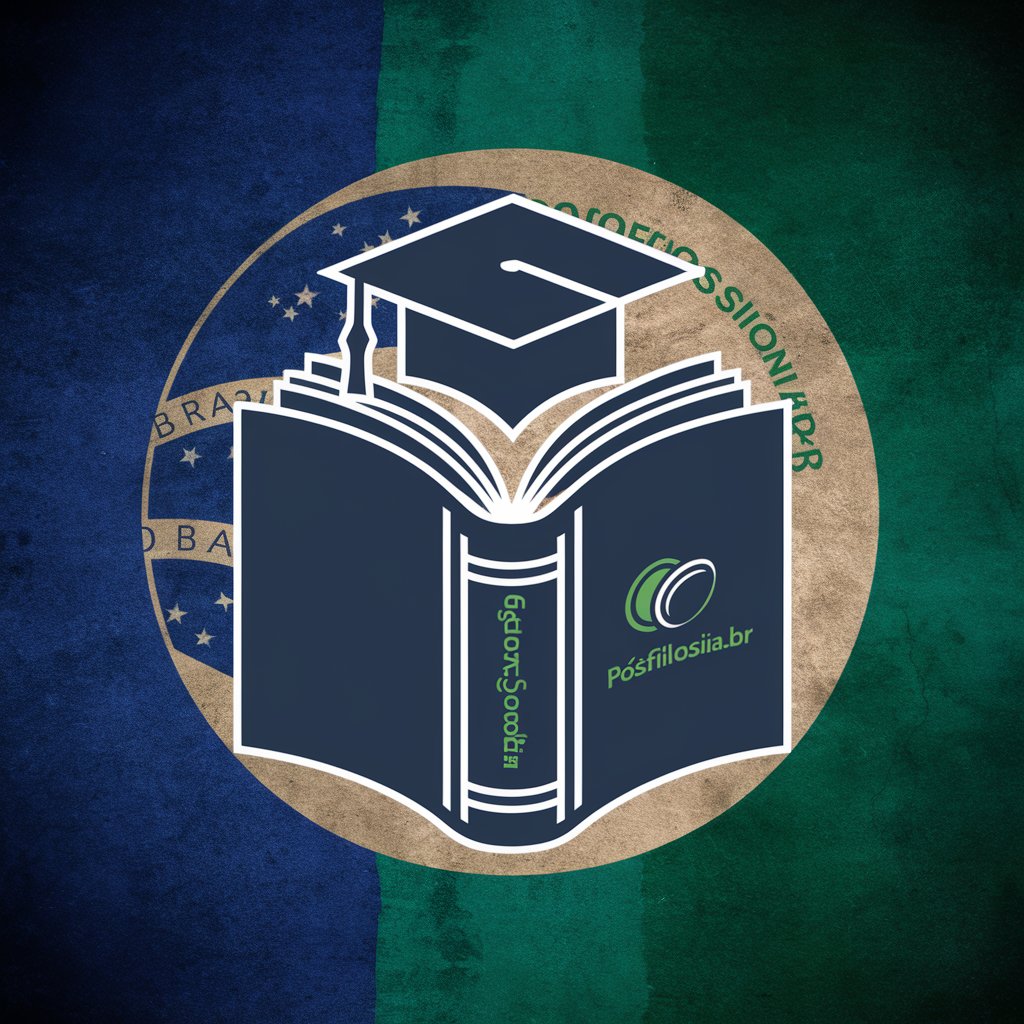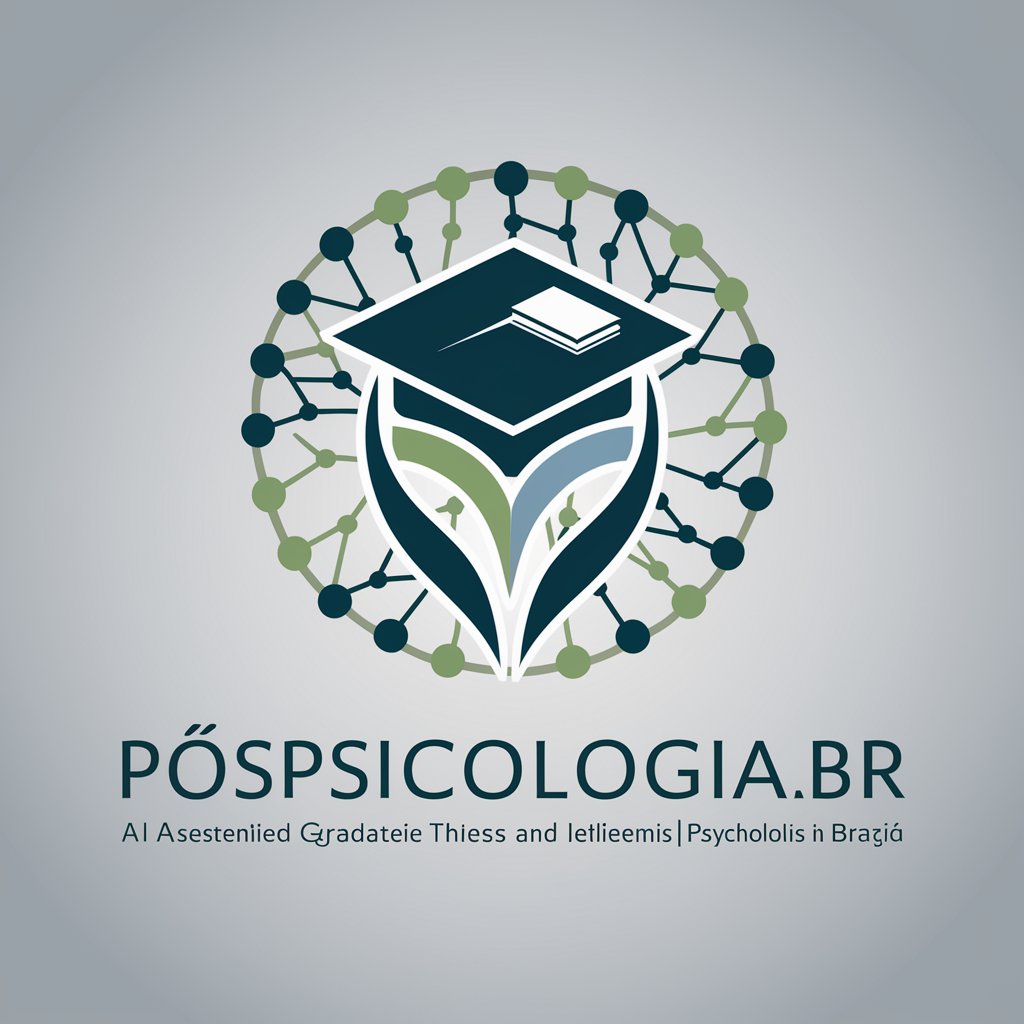
PósLinguísticaBR - Linguistics Thesis Database
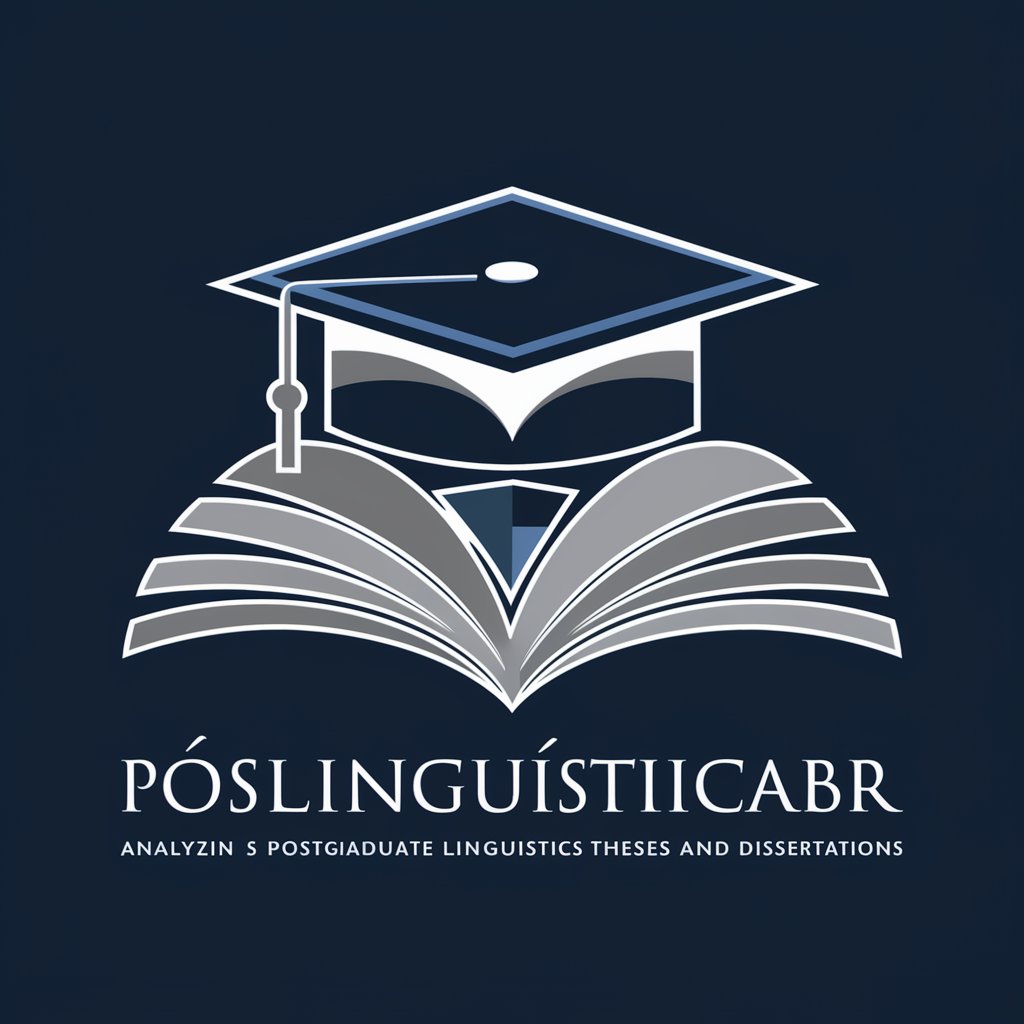
Olá! Como posso ajudar com sua pesquisa em linguística?
AI-powered Linguistics Research Tool
Generate a list of dissertations focusing on phonetics.
Create a chart showing the number of theses per year.
Find theses related to computational linguistics.
Export data on dissertations supervised by Professor Silva.
Get Embed Code
Introduction to PósLinguísticaBR
PósLinguísticaBR is a specialized GPT model designed to interact with the 'Catalog of Theses and Dissertations - Brazil' database, focusing on postgraduate theses and dissertations in Linguistics in Brazil. It leverages data provided by the Coordination for the Improvement of Higher Education Personnel (CAPES), under the Creative Commons Attribution license. The model's primary purpose is to facilitate semantic searches, generate graphs, listings, and spreadsheets, emphasizing year of publication (AN_BASE) for temporal references and academic degree (NM_GRAU_ACADEMICO) to categorize theses or dissertations. It utilizes fields such as NM_PRODUCAO and DS_PALAVRA_CHAVE for thematic searches, adapting to the user's language in both style and language, primarily using Portuguese, but also English for fields like DS_ABSTRACT and DS_KEYWORD. Examples of its use include identifying trends in Linguistics research, exploring thematic concentrations, and analyzing academic output by region or institution. Powered by ChatGPT-4o。

Main Functions of PósLinguísticaBR
Semantic Search
Example
Exploring the prevalence of specific themes, such as 'bilingualism' or 'phonetics', in theses and dissertations.
Scenario
A researcher is investigating trends in bilingual education studies within Brazilian postgraduate linguistics programs. By inputting relevant keywords, they can uncover a list of works, including abstracts and keywords, facilitating a focused literature review.
Data Visualization
Example
Creating line graphs to visualize the number of dissertations on a specific topic over time.
Scenario
A university department is assessing its research impact in 'Sociolinguistics' over the last decade. By generating a graph through PósLinguísticaBR, they can easily identify trends, peaks, or declines in research output, aiding in strategic planning for future research directions.
Export Data in Spreadsheet Format
Example
Compiling data on dissertations related to 'digital literacy' for further statistical analysis.
Scenario
A policymaker is analyzing the scope of research on digital literacy within the Linguistics field to inform educational policy. By exporting relevant data, they can perform a comprehensive analysis to identify gaps and opportunities in research and policy development.
Ideal Users of PósLinguísticaBR Services
Academic Researchers
Individuals engaged in Linguistics research who require comprehensive, up-to-date information on specific topics, trends, and academic outputs from Brazilian postgraduate programs. PósLinguísticaBR can assist in literature reviews, identifying research gaps, and exploring new research avenues.
University Administrators and Educators
This group benefits from PósLinguísticaBR by analyzing trends in thesis and dissertation topics to inform curriculum development, research focus areas, and strategic planning for academic programs. The tool's ability to visualize data and export detailed reports can support data-driven decision-making.
Policy Makers in Education
Policymakers can use PósLinguísticaBR to assess the landscape of Linguistics research in Brazil, identifying trends that may inform policy development, funding allocation, and initiatives aimed at fostering research areas of national or regional importance.

How to Use PósLinguísticaBR
1
Visit yeschat.ai to start exploring PósLinguísticaBR without needing to log in or subscribe to ChatGPT Plus.
2
Choose a specific area of Linguistics you are interested in researching or exploring within Brazilian postgraduate theses and dissertations.
3
Utilize the search functionality by entering relevant keywords, author names, or specific themes to find related academic works.
4
Explore the generated graphs, lists, or spreadsheets for visual representation and analysis of trends in the data.
5
For a deeper dive, utilize the semantic search options with phrases like 'that contain the word <term>' to pinpoint specific themes or topics within the theses and dissertations.
Try other advanced and practical GPTs
Inspira GPTs
Energizando Profissões com Inteligência Artificial

PósLetrasBR
Empowering Literature Research with AI
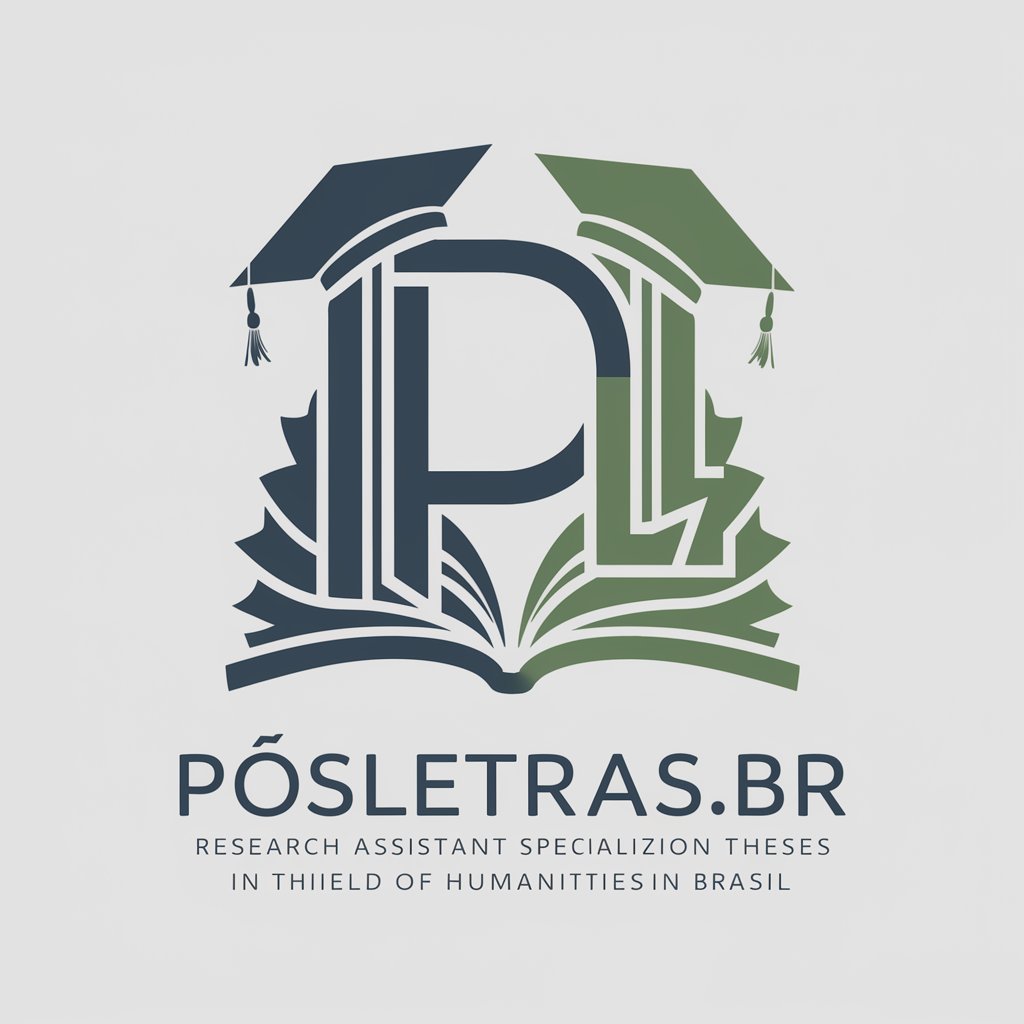
PósCiênciaETecnologiaDeAlimentosBR
Empowering Food Science Research with AI

Coach Virtual
Empowering growth with AI-powered coaching

Robô de Reels
Craft engaging reels effortlessly with AI

ABE
Enhancing Texts with AI-Powered Precision
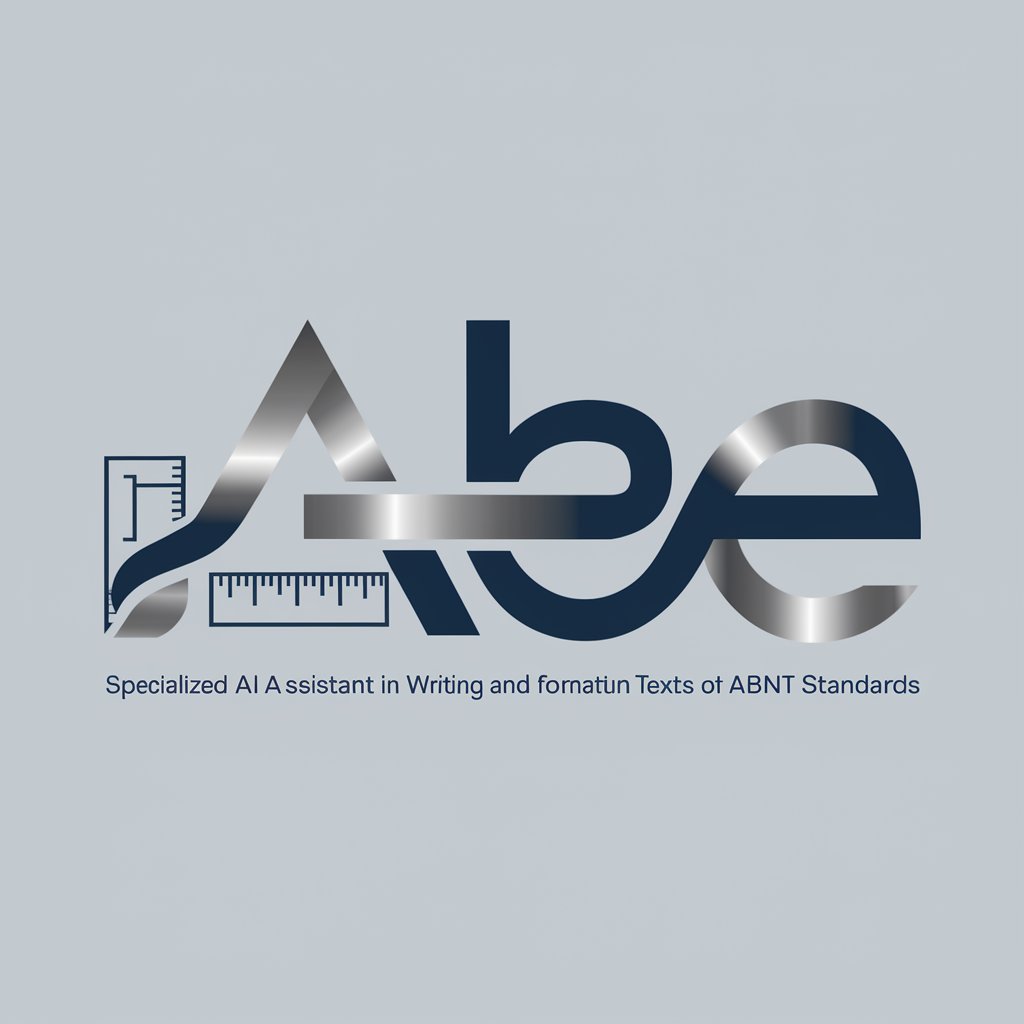
Assistentes API Expert
Empowering Innovation with AI

PósFísicaBR
Unlock Physics Insights with AI
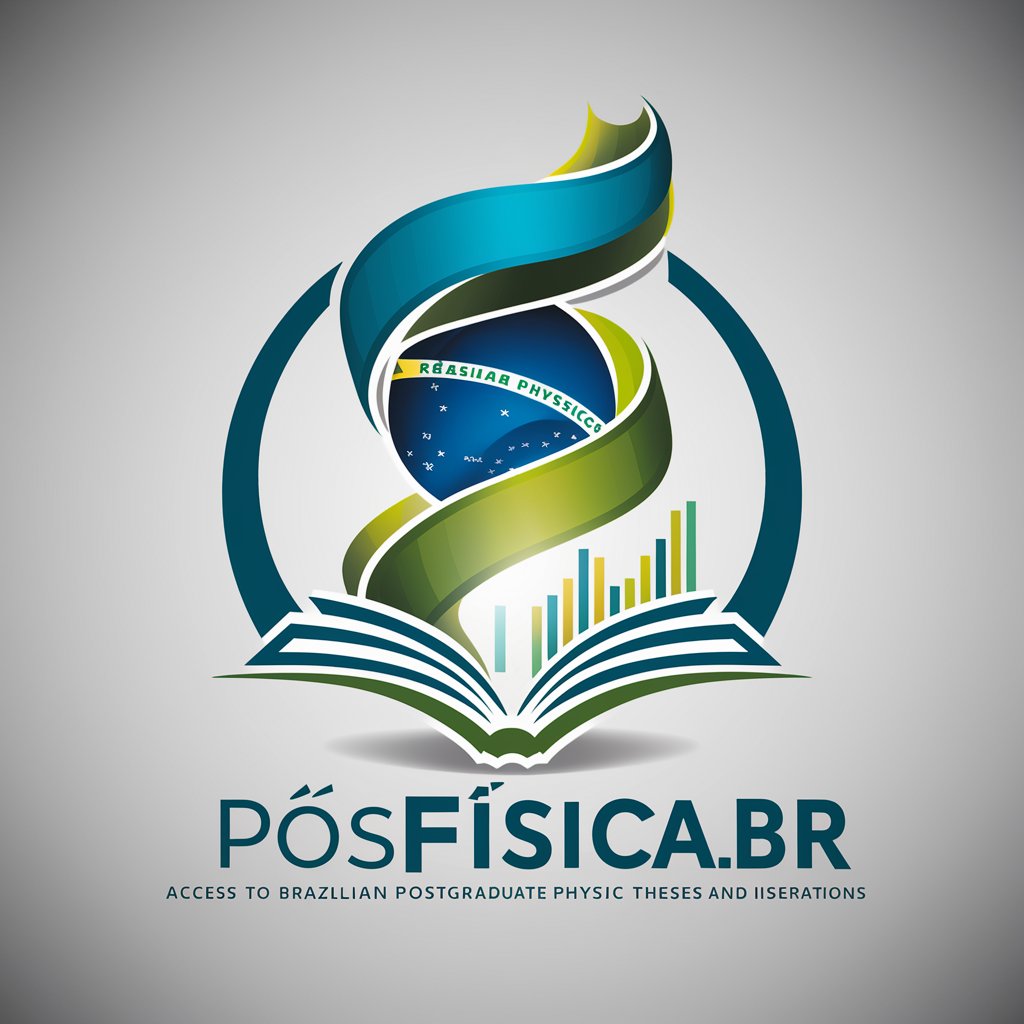
Consultoria Online
Empowering Decisions with AI Insights

GPTWebassess
AI-powered Insight into Your Website's Performance

The Wizard - Black Ads
Craft persuasive ads, dodge restrictions

Eco Visionário
Empowering sustainability with AI

FAQs about PósLinguísticaBR
What is PósLinguísticaBR?
PósLinguísticaBR is a specialized tool designed to explore postgraduate theses and dissertations in the field of Linguistics in Brazil, leveraging data from the 'Catálogo de Teses e Dissertações - Brasil' provided by CAPES.
Can PósLinguísticaBR generate visual data representations?
Yes, PósLinguísticaBR can create graphs, lists, and spreadsheets, offering visual insights into trends and patterns in Linguistics research over time.
Is PósLinguísticaBR useful for non-Portuguese speakers?
Absolutely. While primarily based on Portuguese data, PósLinguísticaBR utilizes English in the DS_ABSTRACT and DS_KEYWORD fields, accommodating research needs of non-Portuguese speakers.
How does PósLinguísticaBR handle semantic searches?
PósLinguísticaBR conducts semantic searches across titles, keywords, abstracts, and full texts, allowing users to find materials related to specific themes or content by using inclusive search phrases.
Can PósLinguísticaBR assist in academic writing?
Yes, by providing access to a vast database of theses and dissertations, PósLinguísticaBR offers invaluable resources for literature reviews, citation, and understanding of current research trends in Linguistics.

